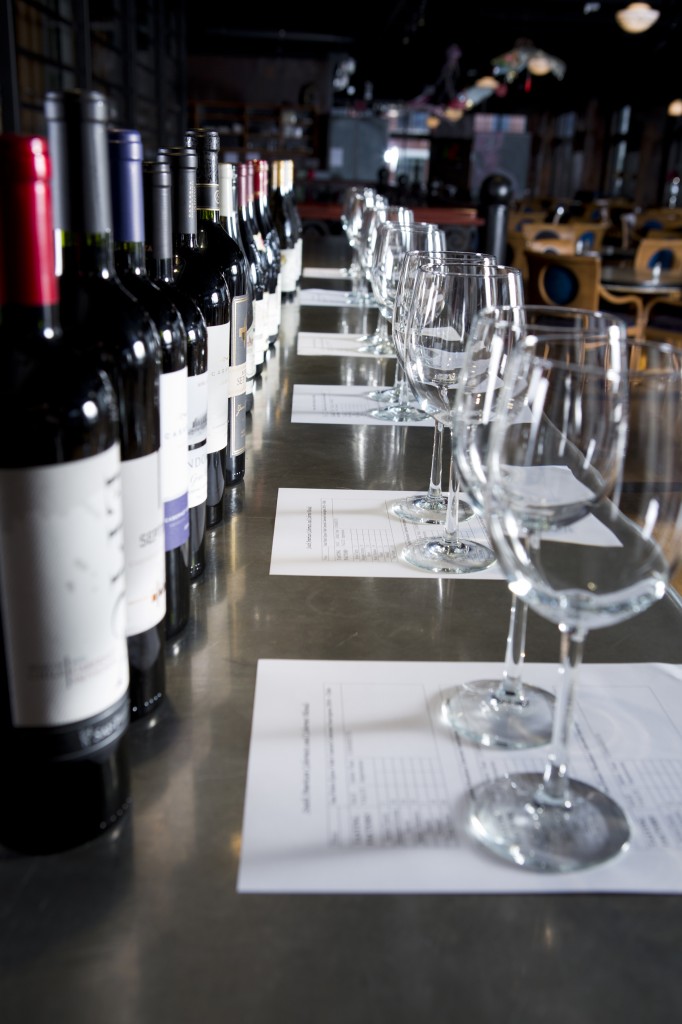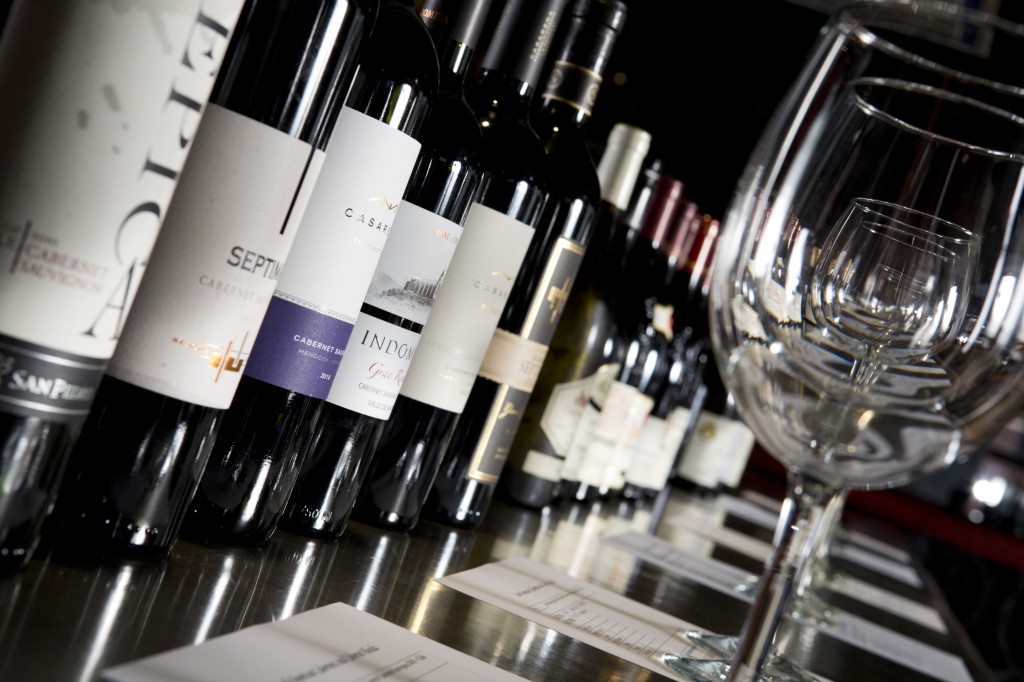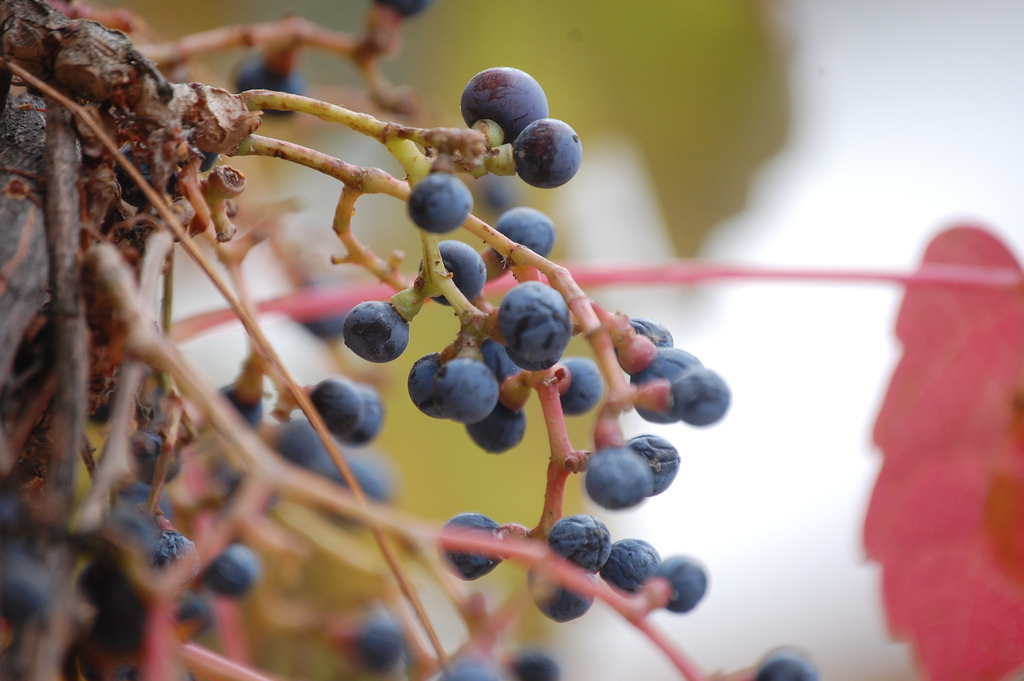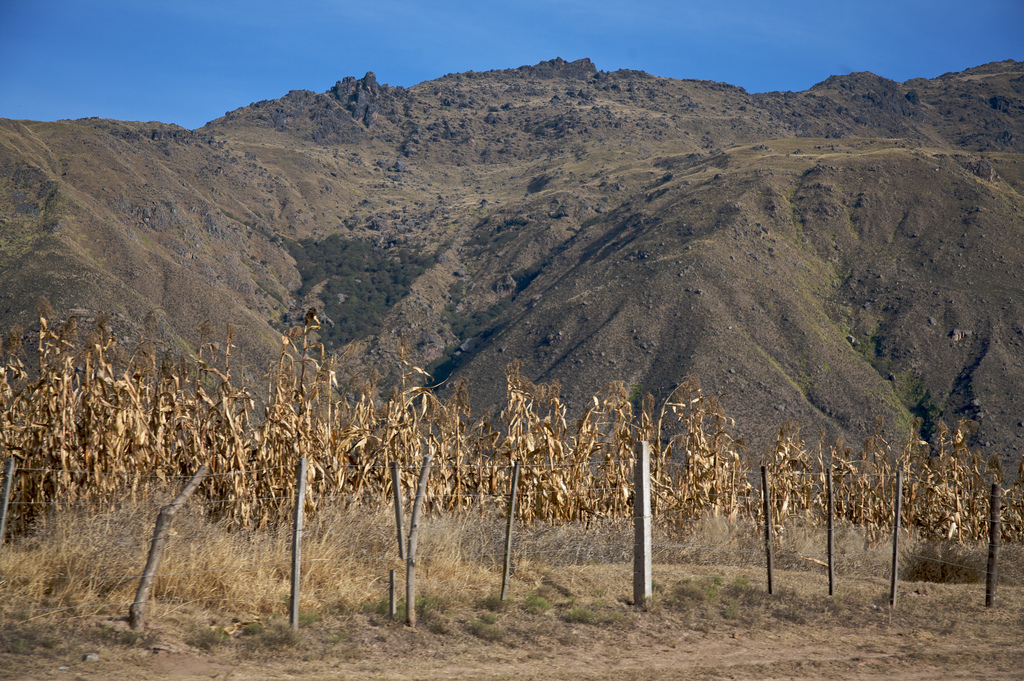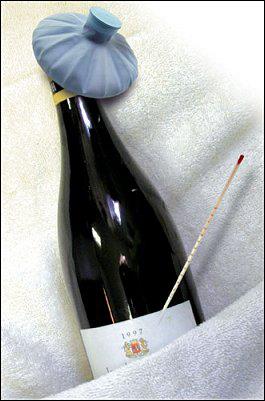 A lot of wine enthusiasts wonder what temperature their wine should be when they open a bottle. The traditional, age-old response to the question is to serve white wines cold and red wines at room temperature. But, in this case, not only is traditional wisdom out of synch with the human palate according to recent university studies – it’s also vague and misleading.
A lot of wine enthusiasts wonder what temperature their wine should be when they open a bottle. The traditional, age-old response to the question is to serve white wines cold and red wines at room temperature. But, in this case, not only is traditional wisdom out of synch with the human palate according to recent university studies – it’s also vague and misleading.
First and foremost, what is room temperature?
Room temperature varies from season to season and from location to location. In addition, traditional wine temperature recommendations don’t take modern heating and air conditioning into account, which greatly alter the temperature of a room. Moreover, when the conventional wisdom of serving red wine at room temperature came into vogue in England and France centuries ago, room temperature was 55°- 65° F, at the most. Consequently, the idea of serving wine at room temperature is useless to most of us today.
What is the best temperature for red wines?
Not surprisingly, university studies confirm that the vast majority of wine drinkers garner the most flavor and pleasure from red wines when consumed between 55°-65° F, which is decidedly cooler than room temperature in most American homes. Read more about chilling red wine here.
What is the best temperature for white wines?
Conversely, recent studies also indicate that wine drinkers report the greatest pleasure and taste from white wines consumed between 45°-55° F, which means we may be cheating ourselves by nearly freezing white wines before rapidly consuming them.
The Final Verdict
So, what’s a wine drinker to do? Drink wine at the temperature that suits your palate, of course. You may want to experiment with some of your favorite red wines by cooling them down for 15-20 minutes in the refrigerator and allowing white wines to sit in a glass for 15 minutes before guzzling them. Personally, I think most of us consume red wines too warm and white wines too cold. However, each of us has to determine his or her pleasure quotient. So, why not experiment a bit, and see what suits you?
Red? White? How about one of each?! Get two international wines from award-winning vineyards when you join The International Wine of the Month Club!

